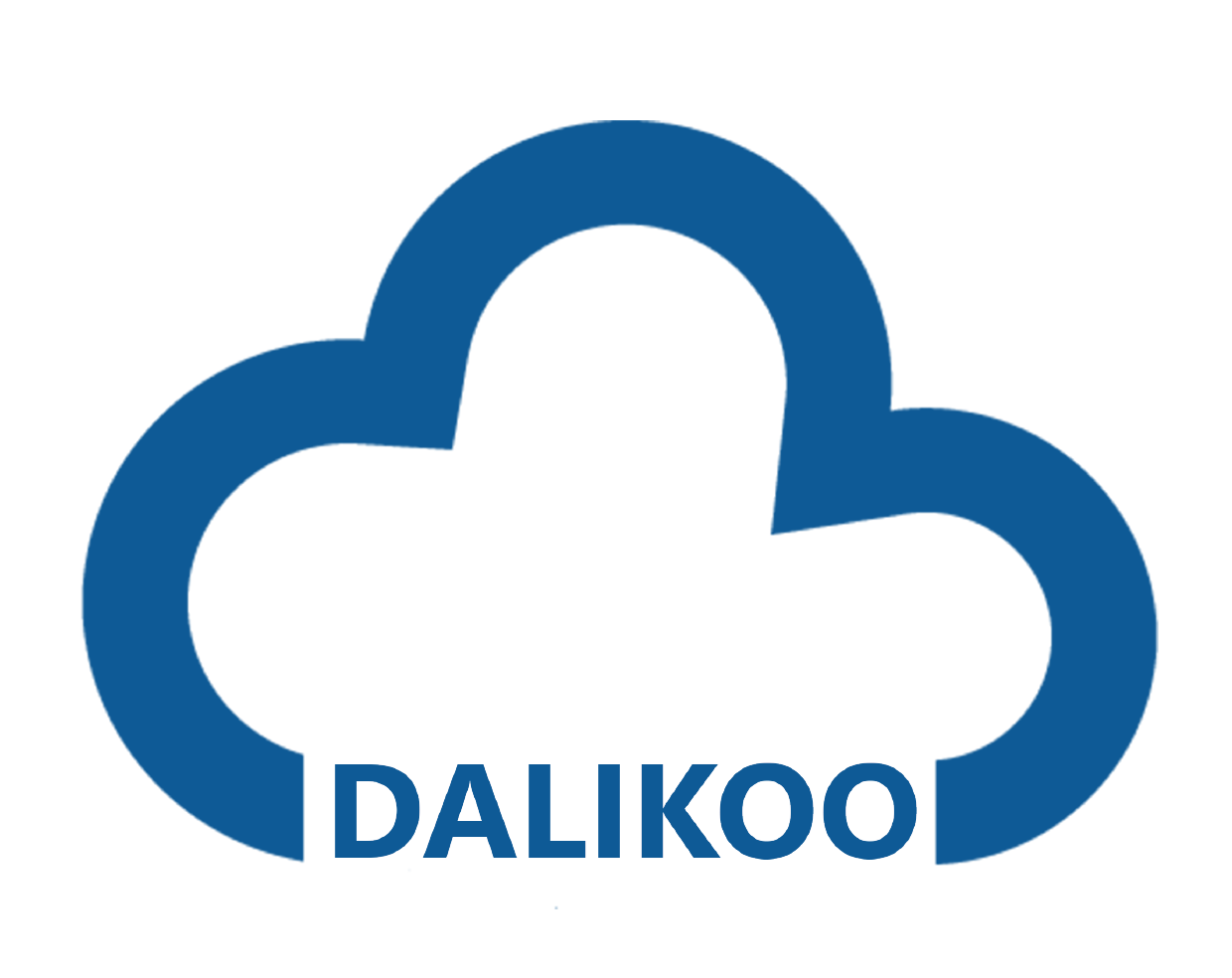Cultural Compass for Microsoft Copilot Adoption
2. Fostering a Culture of Trust and Acceptance:
 Values Alignment: Ensure Copilot’s use aligns with your organization’s values, such as fairness, transparency, and accountability. This builds trust and promotes responsible AI adoption.
Values Alignment: Ensure Copilot’s use aligns with your organization’s values, such as fairness, transparency, and accountability. This builds trust and promotes responsible AI adoption.
Human-AI Collaboration: Emphasize that Copilot is a tool to augment human capabilities, not replace them. Focus on how it can free up time for more strategic tasks and creative thinking.
User Agency: Empower users to control their interactions with Copilot. Allow them to opt-in or out of certain features and provide clear mechanisms for feedback and reporting issues.
Inclusive Design: Involve diverse stakeholders in the planning and implementation process. Consider different perspectives and needs to ensure Copilot benefits everyone equally.
Skills Development: Invest in training programs to equip users with the skills needed to work effectively with Copilot. This could include data literacy, critical thinking, and responsible AI practices.
Community Building: Foster a community of users who can share experiences, ask questions, and learn from each other. This creates a sense of belonging and support for those using Copilot.


 1. Navigating the Winds of Change:
1. Navigating the Winds of Change: 